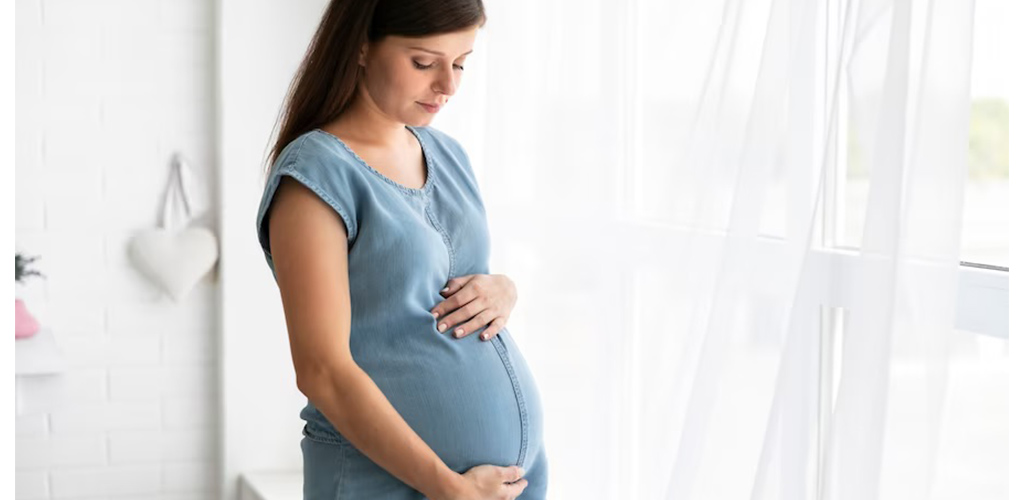How to Remove Stretch Marks After Pregnancy?

Stretch marks are also known as striae they are caused by tearing of the dermis, which is the elastic middle layer of skin that allows it to retain its shape. The appearance of stretch marks, which are essentially scar tissue in the form of squiggly lines on the skin, occurs when the skin stretches or shrinks rapidly, particularly in the context of variable hormone levels. These marks are common in pregnant women. However, strech marks usually occur during pregnancy, but they can also appear at other stages of life for any reason. In this article we discussed some common ways to reduce or remove stretch marks after pregnancy.
Causes of Stretch Marks?
As the name suggest, stretch marks are caused by rapid stretching of the skin. Because of this stretching, the supportive structures in the middle or bottom layer of the tissues of your skin are actually torn, which results in the formation of a scar.
Where you can Find Stretch Marks?
Stretch marks can appear anywhere on the body, but are most common in places where larger amounts of fat are stored, such as:
⦁ abdomen
⦁ thighs
⦁ hips
⦁ breasts
⦁ upper arms
⦁ lower back.
⦁ They can also appear on the shoulders and buttocks.
Stretch marks are not physically dangerous, but they can be a source of emotional distress for some people. They are more common in women than men, and usually appear during:
⦁ puberty
⦁ pregnancy
⦁ or rapid weight gain or loss.
How to Remove Stretch Marks After Pregnancy:
There is no sure-fire way to remove stretch marks after pregnancy. Yes! This is the bitter reality that your body has now changed permanently, and you can’t remove the stretch from your belly.
However, one amazing fact is that some stretch marks will naturally fade away once the delivery is complete. So, by following some of these measures properly, you can make these marks less visible.
1. Laser Therapy:
Laser therapy is a popular and effective way to reduce the appearance of stretch marks. It works by targeting the affected area with a beam of light that penetrates the skin and breaks down the scar tissue. This helps to reduce the appearance of the stretch marks and can even help to prevent new ones from forming. Moreover, the laser also stimulates collagen production, which helps to improve the skin’s elasticity and texture.
The procedure is usually done in a series of treatments, depending on the severity of the stretch marks. Each treatment typically lasts between 15-30 minutes and can be done in a doctor’s office or at a clinic. The number of treatments needed will depend on the individual’s skin type and the severity of their stretch marks.
2. Microdermabrasion Procedure
Dermatologist also use microdermabrasion procedure to improve the texture and tone of the skin. This treatment is used to treat various skin related concerns such as age spot, wrinkles, sun damage and strech marks etc.
3. Eating Healthy Foods and Focus on your Weight Gain:
Eating a diet rich in vitamins and nutrients can help keep your skin healthy and prevent stretch marks. Focus on eating foods that are high in vitamins A, C, and E, as well as zinc and protein. These nutrients can help improve skin elasticity and promote collagen production. Moreover, focus on your weight and avoid to gain excess weight.
4. Use Creams and Lotions:
When you give birth to your baby, stretching marks start bothering you, and you search for different creams and lotions to get rid of them. But it is important to note that not every cream is suitbale to use on the skin. Always look at the ingredients, such as retinol, vitamin C, and hyaluronic acid. These ingredients have many benefits for the skin and help to reduce the production of collagen.
To get remarkable result, we recommend you to buy Palmer’s massage lotion pregnancy stretch online from our store. It is a luxurious, non-greasy lotion that helps reduce the appearance of stretch marks. The formula is enriched with pure cocoa butter, vitamin E, collagen and elastin to help improve skin elasticity and texture.
Moreover, this lotion not only help reduce the appearance of stretch marks during pregnancy, but can also be used to help reduce the appearance of existing stretch marks.


